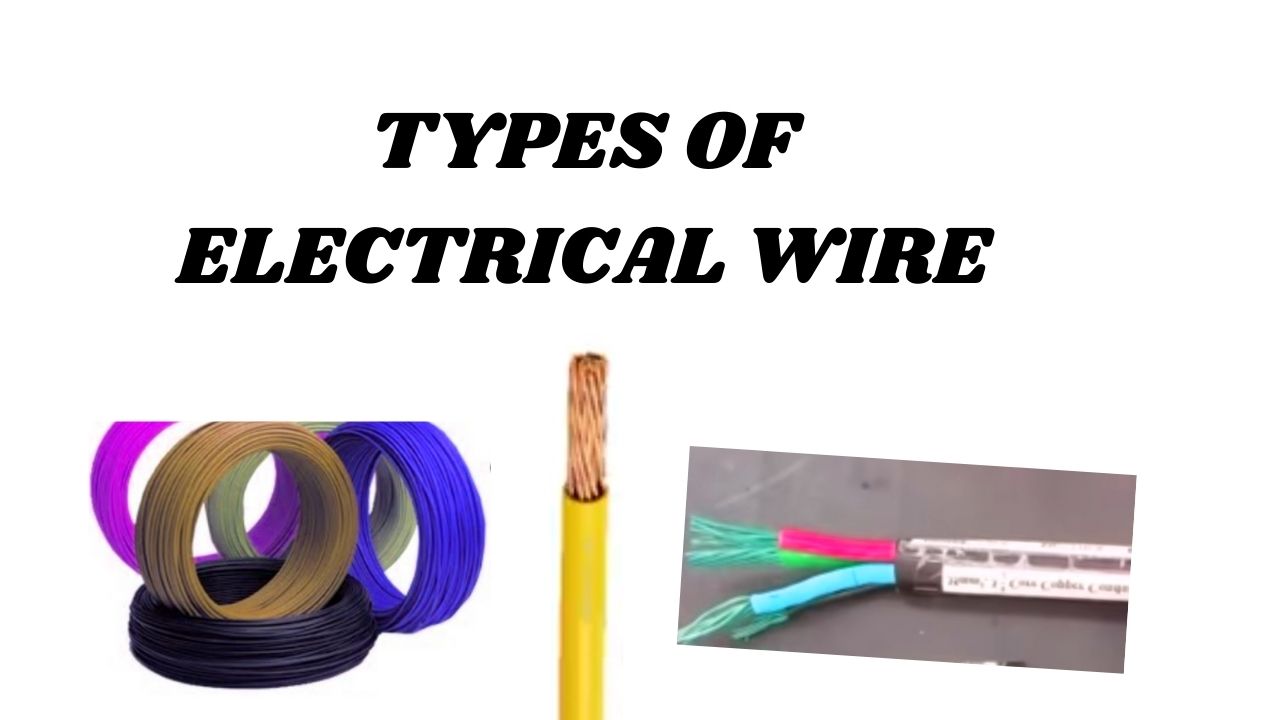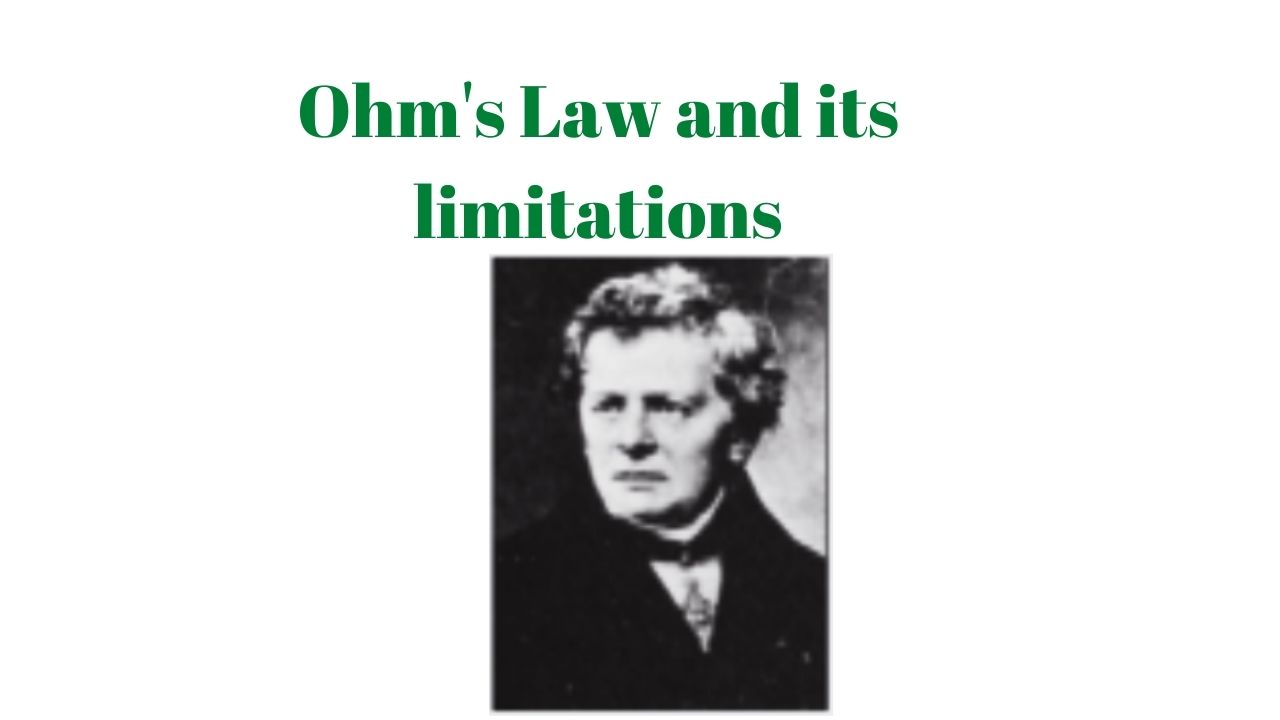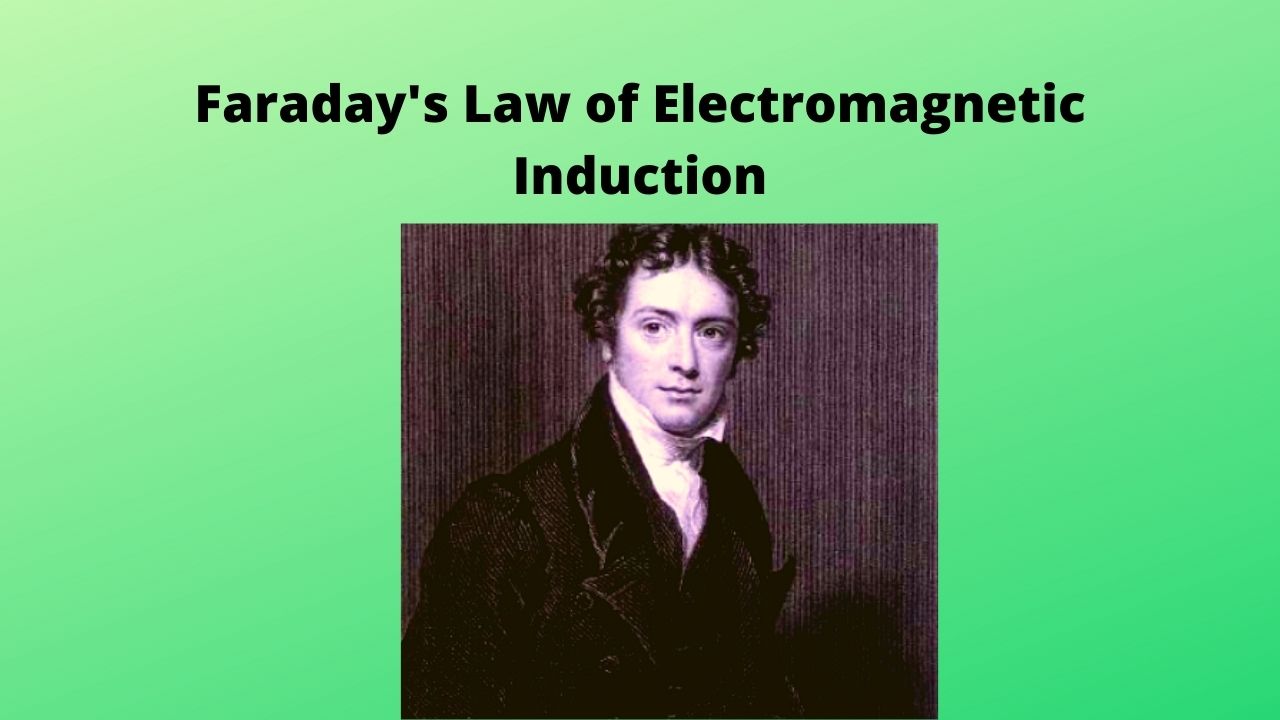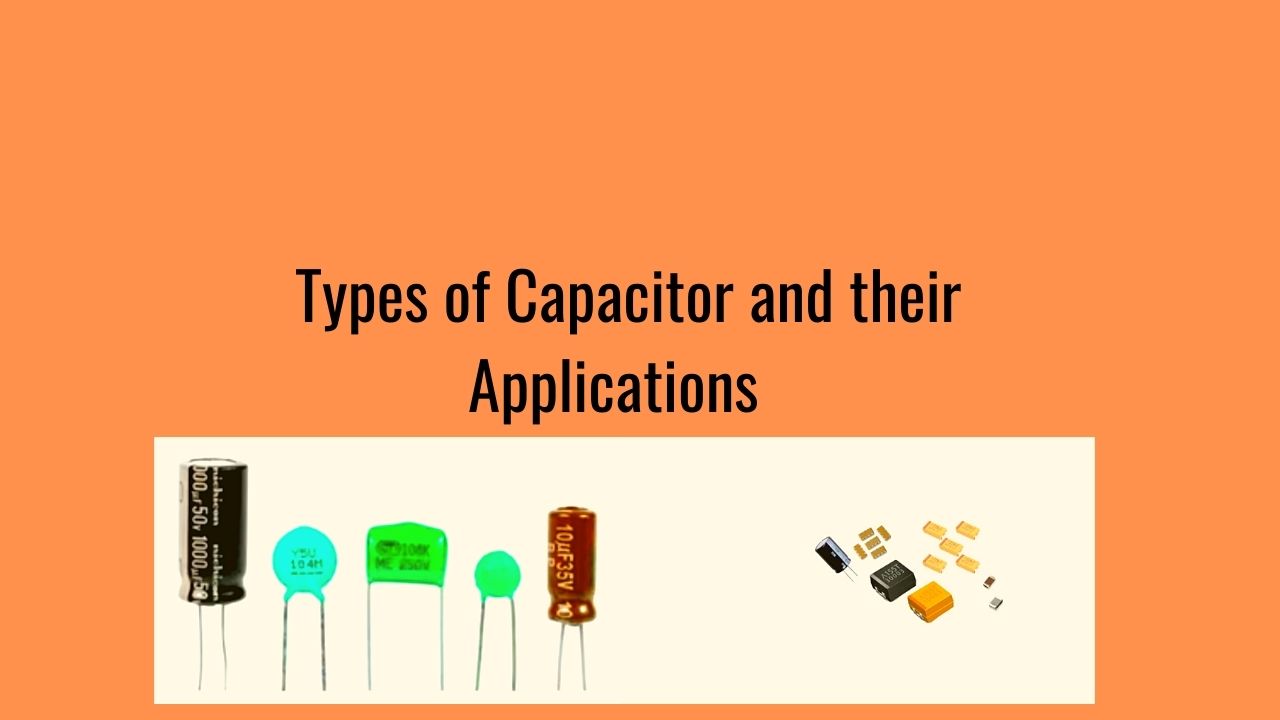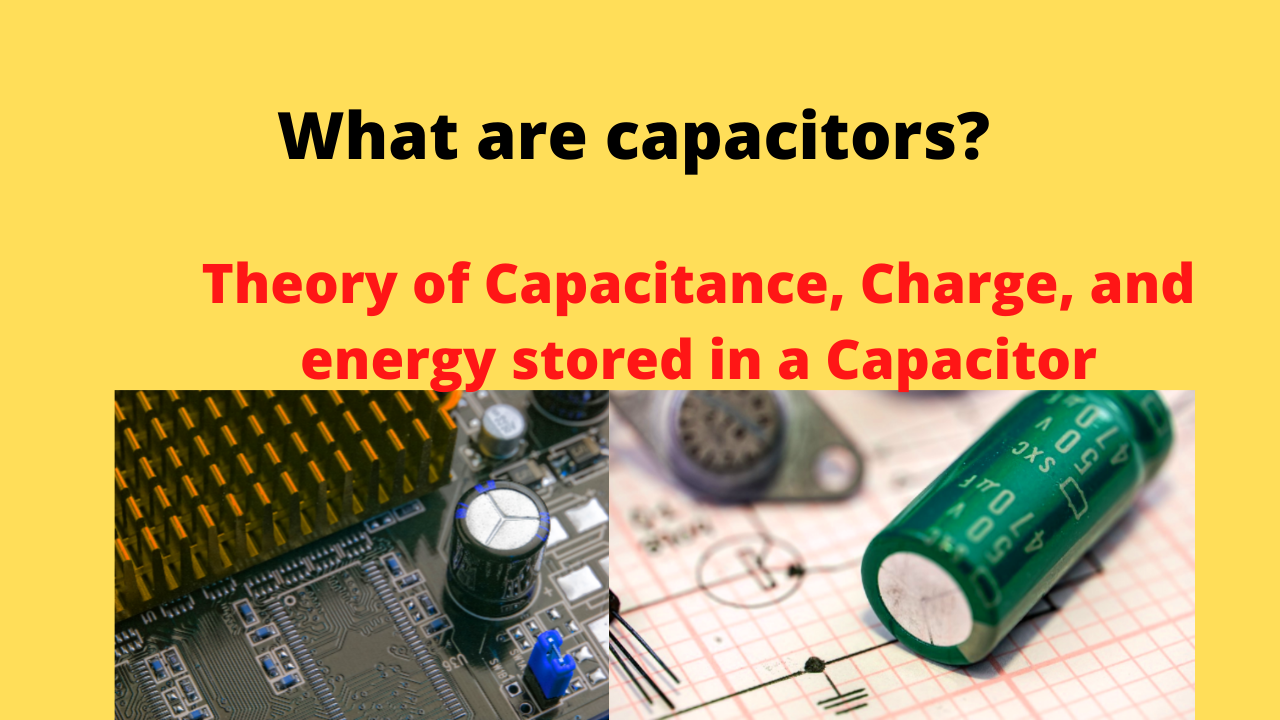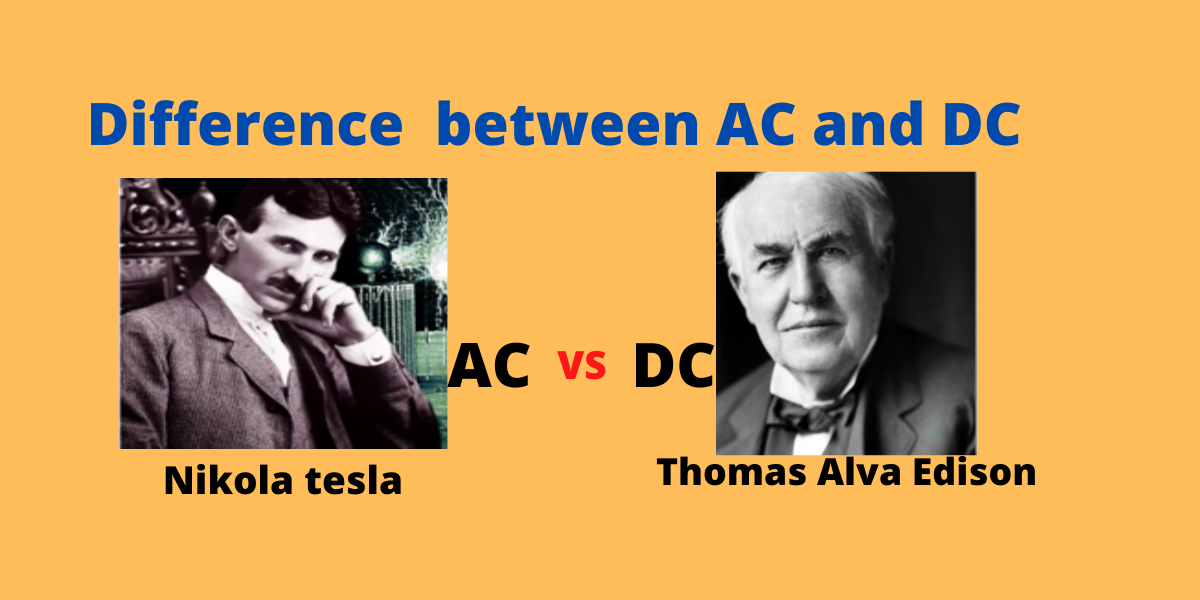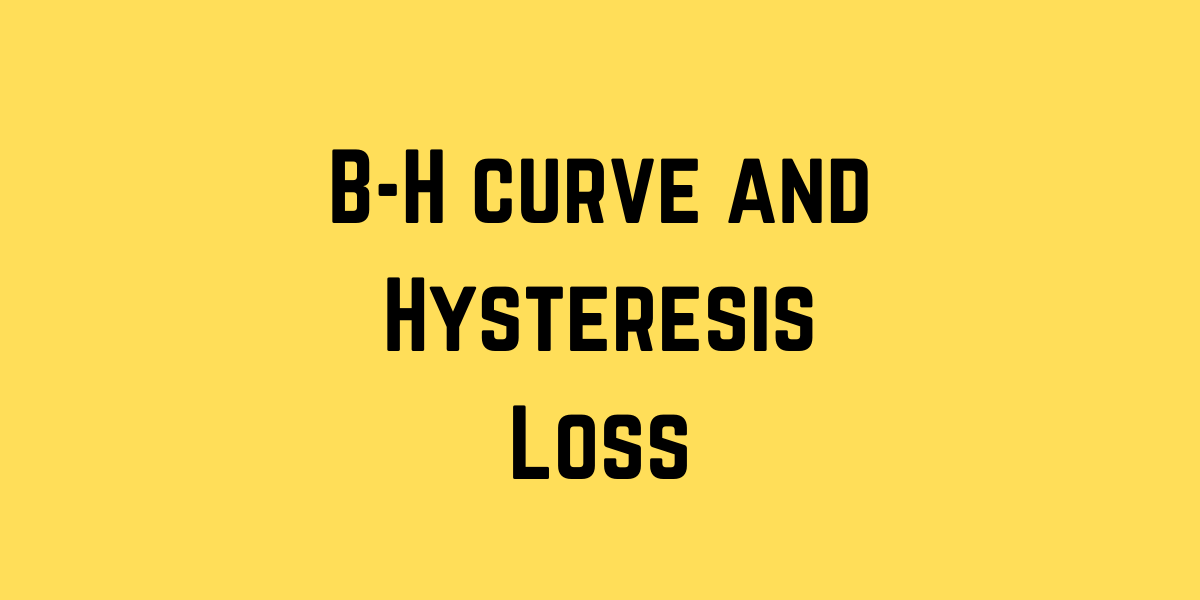Types of Electrical wires and their Uses
What are Electrical wires? Electrical wires are defined as electrical conductors used to conduct electric current from one point to another point and have a circular cross-section area. Thus a wire acts as a conduit to carry the flow of electric current. A wire can be of various types such as insulated wire or strand … Read more
